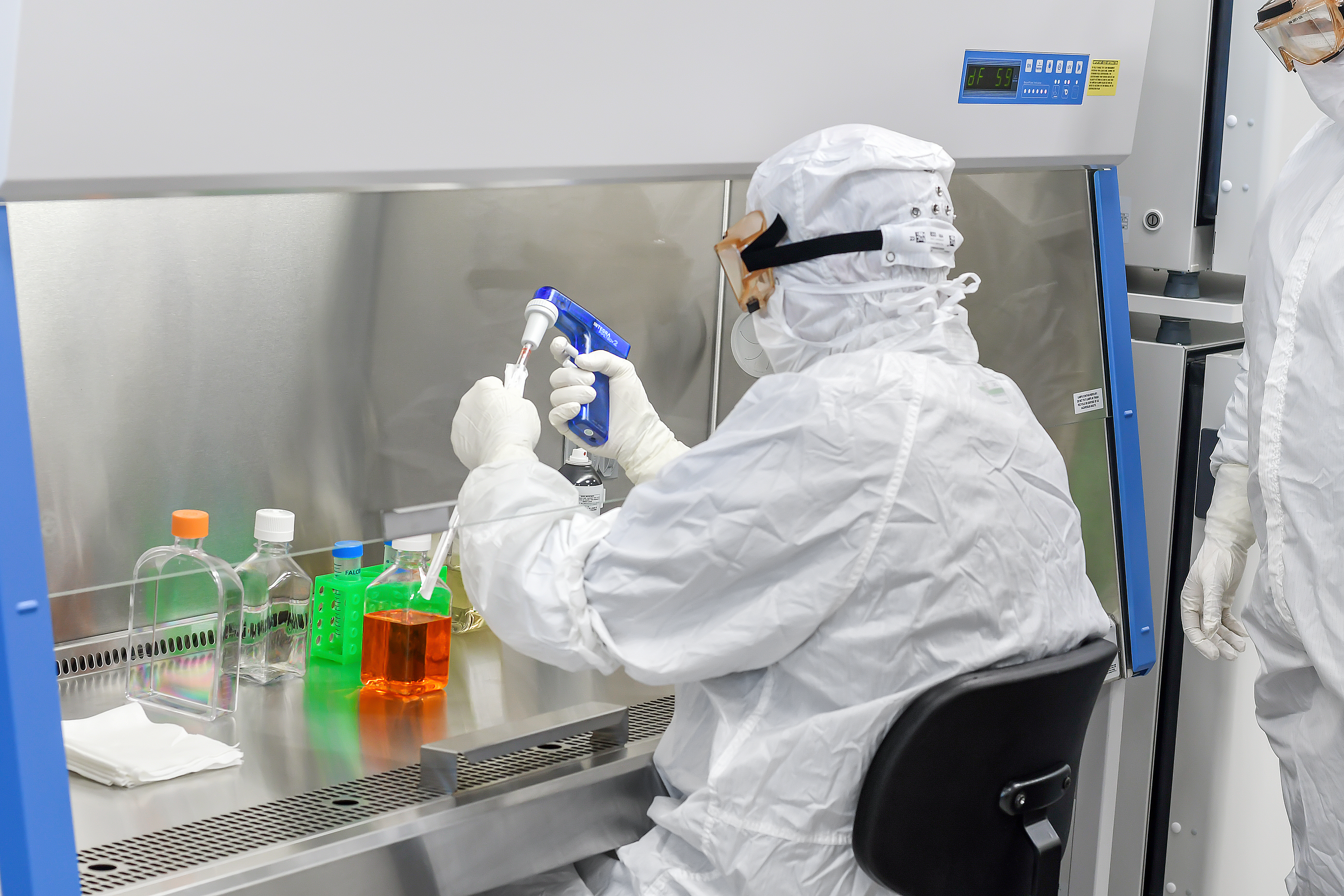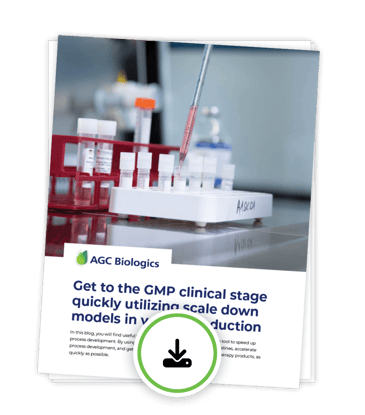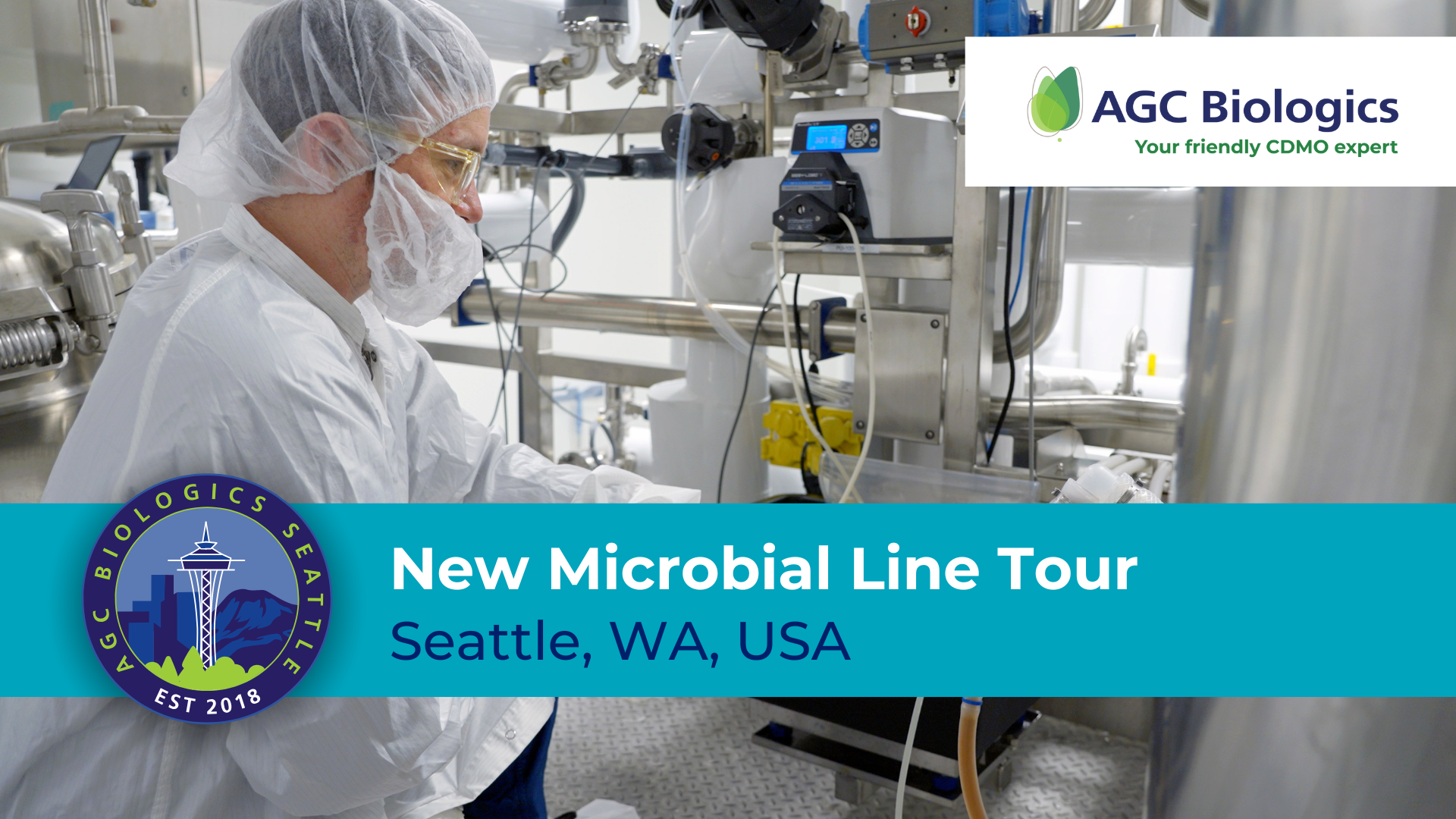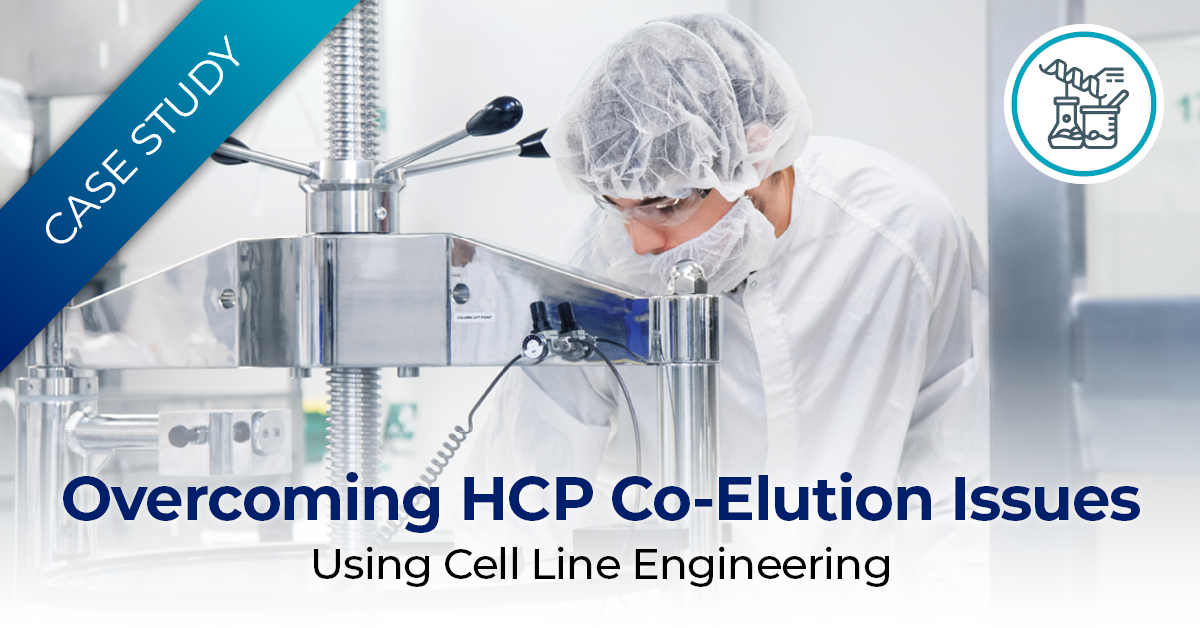2 min read
Get to the GMP clinical stage quickly utilizing scale down models in vector production
Nick McDonald May 17, 2023 at 7:09 AM

In this blog, you will find useful tips for utilizing scale-down models as a tool to speed up process development. By using these models, you can shorten your timelines, accelerate process development, and get to the GMP clinical stage for your vectors for gene therapy products, as quickly as possible.
Why are scale-down models important?
A scale-down model is a small system that allows us to mimic a process or specific steps in a process in a fully representative way, without using large amounts of materials. These models are important to use during process development because they allow for the fine-tuning of each process step without large investments in materials and consumables. In order to qualify a scale-down model, you must demonstrate that the product produced with the scale-down model is statistically comparable to the one produced with the full-scale process.
Types of scale down models
In an upstream process, a 2 L bioreactor is a scale-down model of a 200 L bioreactor, and a Petri dish is a scaled-down model of 10 cell factories trays. Scale down models are also useable in downstream processing through chromatographic columns, hollow fibers, and filters with smaller areas. The scale-down of a chromatographic step is performed by keeping the load ratio (mL sample/mL resin), linear flow rate (cm/h) for load, wash, and elution constant. For TFF the scale down is based on constant shear rate, constant TMP, and constant ratio ml/cm2.
Benefits of using scale down models
Scale-down models can be run at the same time in order to speed up timelines to market, requiring fewer financial resources. Since the models are used to develop and characterize a robust process, you can save time during process validation and achieve high comparability between batches.
Increased production to accommodate different scales
Recently, there has been an increased interest in the biopharmaceutical industry in finding a way to speed up process development. This has caused technology suppliers to bump up production on smaller bioreactors. These smaller bioreactors are fully comparable in their settings and geometry to a full-size bioreactor, allowing for a scaled-down model to be produced. Column, hollow fiber, and filter suppliers are also increasing their production in order to accommodate different volumes and scales.
AGC Biologics recently unveiled new vector platforms, ProntoLVV™ and BravoAAV™. These platforms can help achieve your GMP goals in 9 months, helping to accelerate your path from gene to the clinic. Our ready-to-use, high-yield, adhesion and suspension GMP processes offer adhesion manufacturing scales up to 750 L and suspension scales up to 2,000 L.
Click on the links to learn more about our template approach to adeno-associated viral vectors or lentiviral vectors.

Explore AGC Biologic's cGMP Viral Vector Services:
Download pdf version of this blog:
Download whitepaper:
"Get to the GMP clinical stage quickly utilizing scale down models in vector production"



